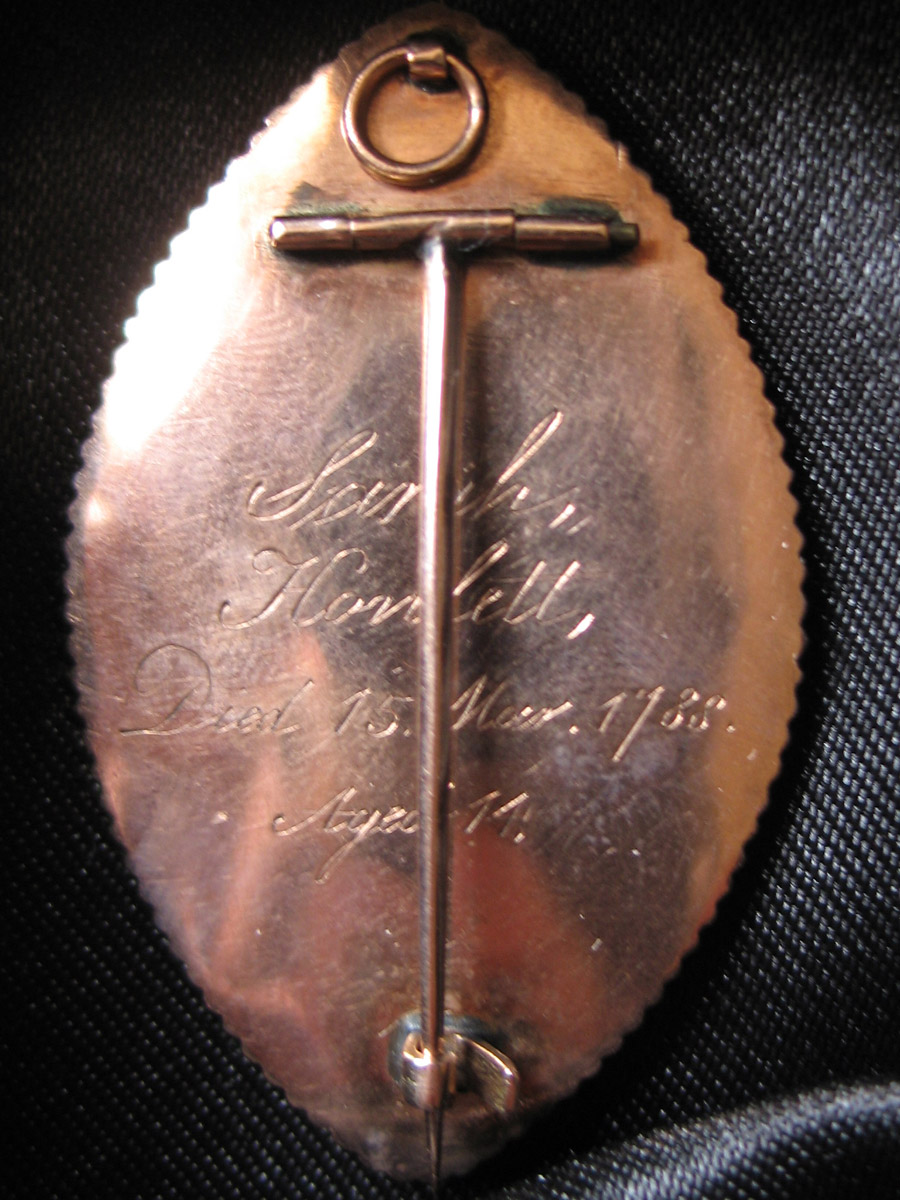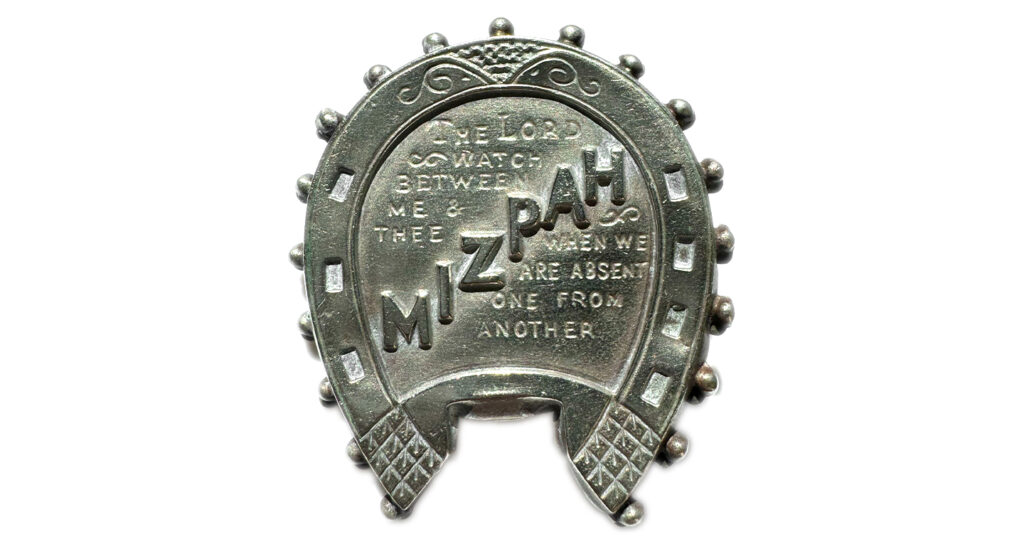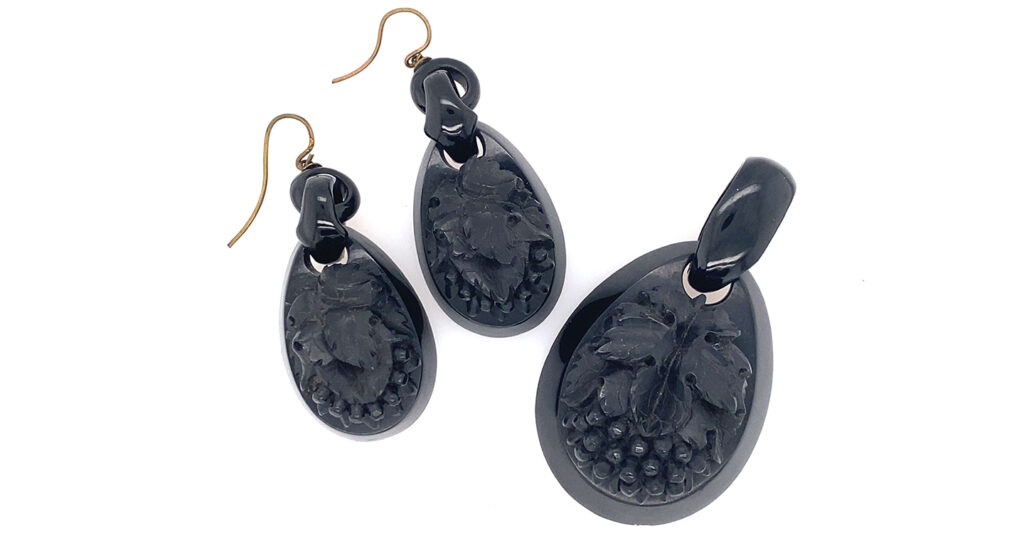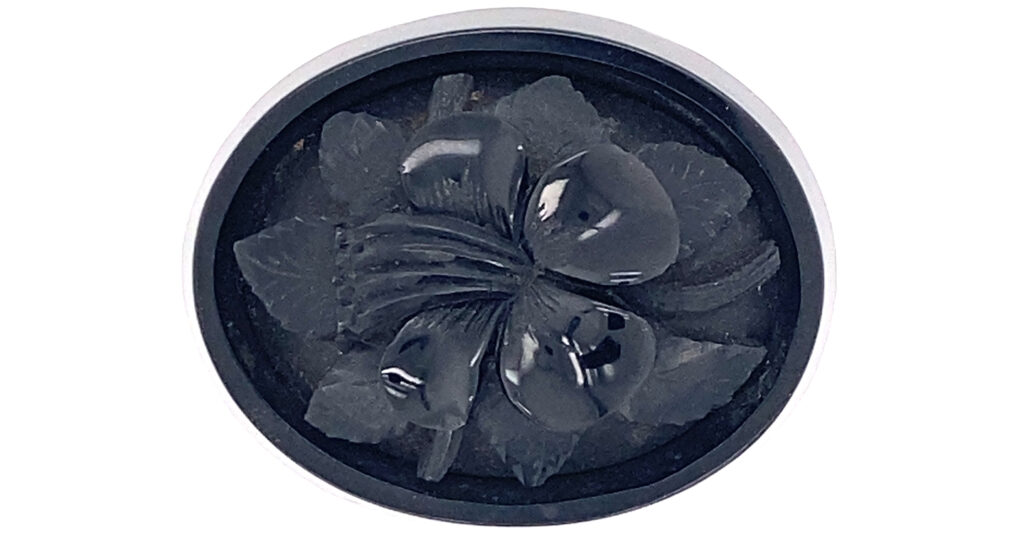Sarah Honlett, Age 14 Moves ‘Toward the Heavens’ in this Neoclassical Brooch
Faith, hope and charity are of the most typical symbols during the 19th century; their nondescript sentimentality and adherence to religious motifs make them popular sentimental tokens throughout jewellery and art.
This piece shows just how they evolved during the 18th century and how well they could be combined with other motifs. Specifically, the symbol of the anchor (hope) is held by the mourning female (or the idealised depiction of woman) in neoclassical dress pointing towards the heavens.
The willow frames the piece delicately. Interestingly, faith is combined within the anchor of the cross, but also mixed with neoclassical symbolism, which is a conflict of ideology, as neoclassicism uses pre-Christ thought. However, the time and the place where this was created with of course ecclesiastical in nature, regardless of popular thought or art. Adversely, it may be seen to be an anchor without the cross.
The age of the subject shouldn’t be discredited, either. Sarah was 14 upon her death, so there is the element of innocence within the symbolism. Rather than the heavy grieving of the female subject, there’s the taciturn calmness and almost a pleasant expression of peace of the subject’s face as she points towards the heavens. One could suggest that the age of the subject was too mature to show the widow/mother figure in sad grieving and too young to show relationship connections other than immediate family (neither husband nor child), hence there is a serene gentleness in the method of presented grief.
Christian symbolism is rife within neoclassical art, whether later contemporary thought applied a set of ideals towards this or it was the intention of the original artist is ambiguous and hard to discern. What is to be remembered is that romanticism and neoclassicism as art forms were fashion; social convention and thought in traditional religious activity was unchanged and evolved. For more on the different nature of symbolism, check the Symbolism section of Art of Mourning.









